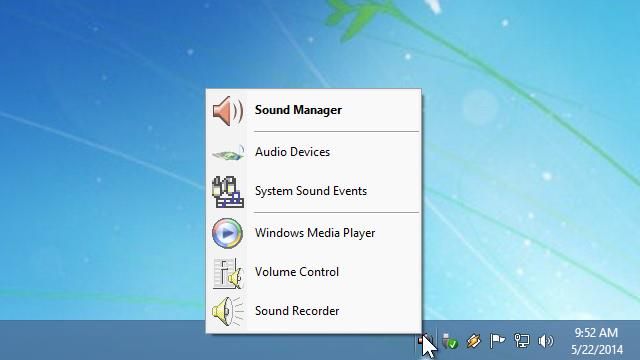Term
An MIB contains information about:
A.) Consumer Reports
B.) An application's previous health history
C.) Risk Classification
D.) Adverse Selection |
| Definition
| B.) An application's previous health |
|
Term
All of the following are factors which affect a life insurance risk, except:
A.) Age
B.) Occupation
C.) Unearned Income
D.) Family health history |
| Definition
|
Term
Which of the following is true regarding the doctrine of insurable interest?
A.) Insurable interest must exist at the time of death.
B.) Insurable interest must exist during policy delivery.
C.) Insurable interest must exist at the time of application.
D.) Insurable interest must exist at the time of loss. |
| Definition
| C.) Insurable interest must exist at the time of application. |
|
Term
All of the following are types of premium receipts, except:
A.) Binding Receipt
B.) Approval conditional receipt
C.) Countersignature receipt
D.) Insurability conditional receipt |
| Definition
| C.) Countersignature receipt |
|
Term
An applicant who conceals material information from an insurer may be subject to which of the following?
A.) Policy Cancellation
B.) Warranty revocation
C.) Fine and Imprisonment
D.) Policy cancellation with returned premium |
| Definition
| D.) Policy cancellation with returned premium |
|
Term
An underwriter receives the greatest amount of insurability information from which of the following sources?
A.) The insurance application
B.) The medical information report
C.) An attending physician's statement
D.) A consumer report |
| Definition
| A.) The insurance application |
|
Term
Each of the following methods may be utilized to rate up a life insurance policy, except:
A.) Flat Rate Increase
B.) Tabular rating
C.) Percentage of the standard rate
D.) Perferred risk method |
| Definition
| D.) Perferred risk method |
|
Term
Which of the following receipts provides coverage for an insured immediately upon the payment of the premium?
A.) Binding Receipt
B.) Approval Receipt
C.) Conditional Receipt
D.) Insurability Receipt |
| Definition
|
Term
Which of the following risk classification is characterized by a lower annual premium?
A.) Preferred Risk
B.) Substandard Risk
C.) Standard Risk
D.) Personal Risk |
| Definition
|
Term
John applies for life insurance and pays an initial premium. He is provided with an insurability type of conditional receipt. The next day John dies in an auto accident. The insurer is notified by John's wife the following day. What action will the insurer take?
A.) Refuse to underwrite and retain the premium.
B.) Underwrite the policy and if John is found insurable, the insurer will pay the claim.
C.) Deny any death claim and refund any premium paid.
D.) Issue a policy if John is found insurable but deny any claim since he died before the completion of the free look period. |
| Definition
| B.) Underwrite the policy and if John is found insurable, the insurer will pay the claim. |
|
Term
Which of the following is a primary purpose of a Medical Information Bureau (MIB) report?
A.) Allows the insurer to receive medical history from an applicant's personal physician.
B.) Allows the insurer to deny a claim for a pre-existing condition.
C.) Allows the insurer to reduce death claim amounts.
D.) Allows the insurer to avoid high risk applicants. |
| Definition
| D.) Allows the insurer to avoid high risk applicants. |
|
Term
If an applicant for life insurance is considered a substandard risk by an insurer but still insurable, it will probably take which of the following actions?
A.) Decline the applications
B.) Accept the risk and rate up the premium
C.) Accept the risk and increase the number of exclusions
D.) Issue a standard policy |
| Definition
| B.) Accept the risk and rate up the premium |
|

:max_bytes(150000):strip_icc()/ScreenShot2019-01-21at1.53.04PM-5c4652ba46e0fb000199e7a8.jpg)


